Green industrial park development trends
In the context of increasingly serious environmental pollution and climate change, sustainable economic development and green production are becoming inevitable trends. In Vietnam, over 30 years of formation and development of industrial parks (IPs) have shown great contributions to growth, but also revealed many limitations related to the environment, planning and efficiency of resource exploitation.
 |
| Permanent Deputy Governor of the State Bank of Vietnam Dao Minh Tu speaks at the workshop |
To overcome this situation, since 2014, some localities such as Da Nang, Ho Chi Minh City, Dong Nai, Can Tho, etc. have had a policy of converting traditional industrial parks into ecological industrial parks (green industrial parks). Currently, about 1-2% of the total 290 industrial parks nationwide are gradually converting in this direction and this number is still increasing.
In Da Nang alone, the locality is leading in green growth development, currently having 6 industrial parks with a total area of over 1,100 hectares. Da Nang has been implementing pilot steps to convert some industrial parks into ecological ones, aiming to have 2 to 3 industrial parks meeting national standards for ecological industrial parks by 2030. Many enterprises in the industrial parks have proactively improved technology, optimized operating processes, applied circular production models, industrial symbiosis... to reduce emissions and use resources effectively.
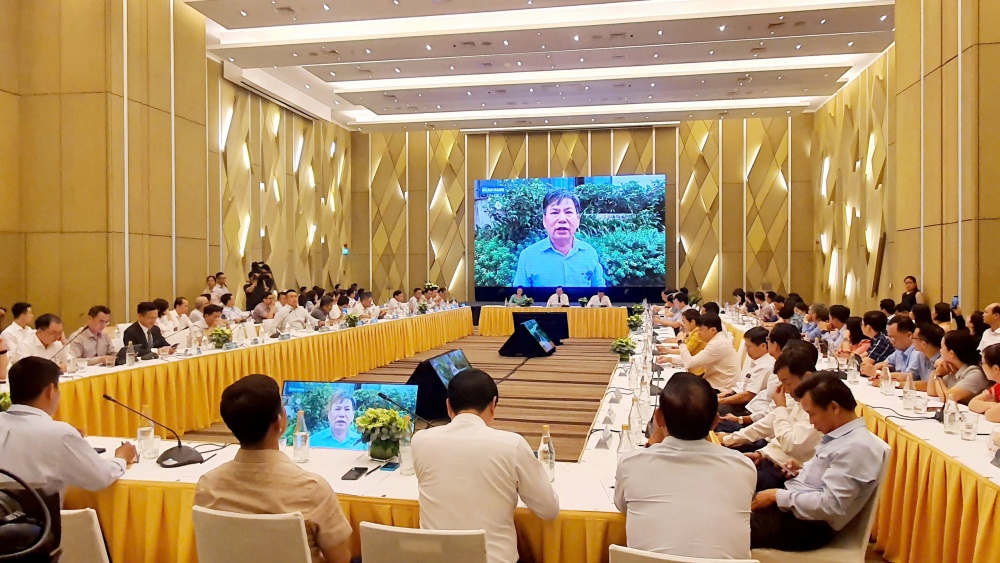 |
| Conference scene |
In her opening speech, Editor-in-Chief of Banking Times Le Thi Thuy Sen affirmed that the Forum is an event of special significance as it is the first forum organized by Banking Times in the area. The choice of Da Nang as the starting point is not accidental, but stems from the fact that this is one of the typical localities in the effort to green industrial zones.
In the context of Vietnam entering a new development transition phase, in which “green transformation” is one of the three important pillars. With its pioneering experience, Da Nang can become a reference model for other localities to study and implement a green industrial park model suitable to their actual conditions.
However, building a green industrial park requires large investment capital for synchronous infrastructure, renewable energy, advanced waste treatment systems and other green technology solutions. This is a big challenge for businesses, especially small and medium enterprises. In that context, the banking industry - as the "bloodline" of the economy - is actively promoting green credit to support businesses in technological innovation, improving competitiveness and sustainable development.
Actively promote green credit
Speaking at the workshop, SBV Deputy Governor Dao Minh Tu said that in recent times, the SBV has actively directed credit institutions to promote green credit by integrating green banking content into industry development strategies, issuing documents directing the concentration of resources for low-carbon and clean energy sectors. At the same time, it has completed credit regulations in line with the orientation of sustainable development. Credit institutions have also implemented many synchronous activities such as: developing green credit products, mobilizing capital through green bonds and strengthening environmental and social risk management.
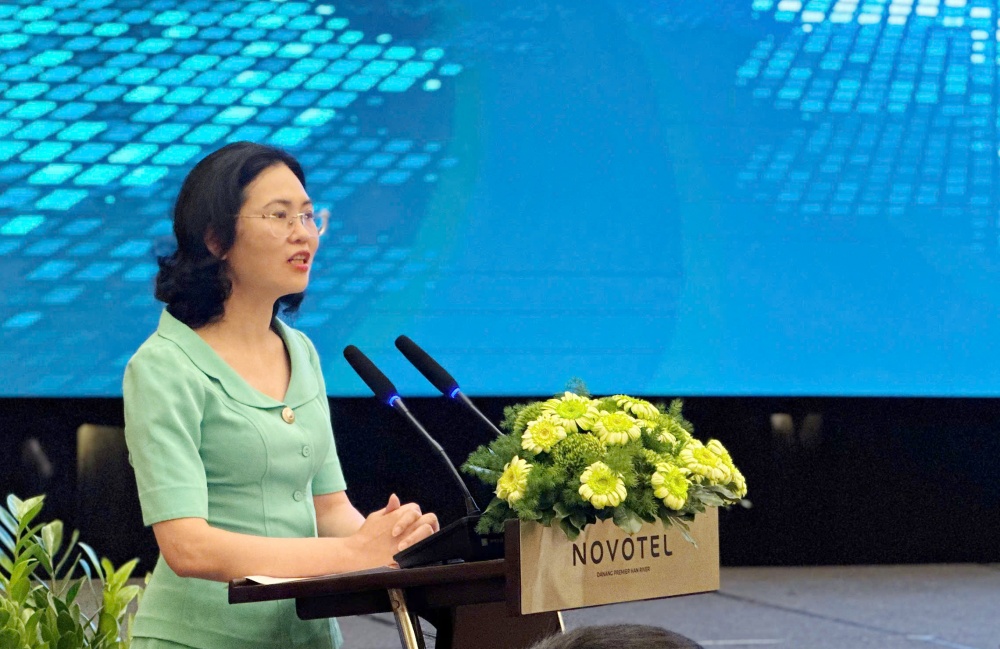 |
| Editor-in-Chief of Banking Times Le Thi Thuy Sen speaks at the conference |
Deputy Governor of the State Bank of Vietnam Dao Minh Tu emphasized that green development and green economy are no longer a story of the future but have become an urgent requirement of the present. This is a global trend, and Vietnam cannot stand aside. Therefore, the implementation of solutions towards the goal of net zero emissions must be carried out urgently, drastically and synchronously.
Many countries have now imposed strict emission and environmental standards on imported goods. If Vietnamese enterprises fail to adapt to these requirements, their competitiveness in the international market will be severely affected.
Regarding the role of the banking sector in promoting green development, the Deputy Governor said that the banking system has proactively "taken a step ahead", implementing many solutions to support the green transformation of the economy.
“We identify that green credit must come first, as a foundation to promote green development, especially green industrial parks. To do that, we need a stable source of capital, not only in the short term but also in the medium and long term, to meet the investment needs of businesses and the economy,” Deputy Governor Dao Minh Tu shared.
More specifically, Director of the State Bank of Vietnam's Department of Credit for Economic Sectors Ha Thu Giang said that in recent years, the State Bank of Vietnam has issued a series of policies and guiding documents to encourage credit institutions to implement green credit. At the same time, it has closely coordinated with international organizations to develop a list of 12 priority green sectors. In 2024, a highlight is that the State Bank of Vietnam will coordinate with ministries and branches to implement the Loan Program for linking production, processing and consumption of high-quality, low-emission rice in the Mekong Delta according to Decision 1490/QD-TTg of the Prime Minister.
In addition, the State Bank actively participates in international financial forums to learn from experience, mobilize resources, promote green credit and enhance Vietnam's position in the global financial and banking sector.
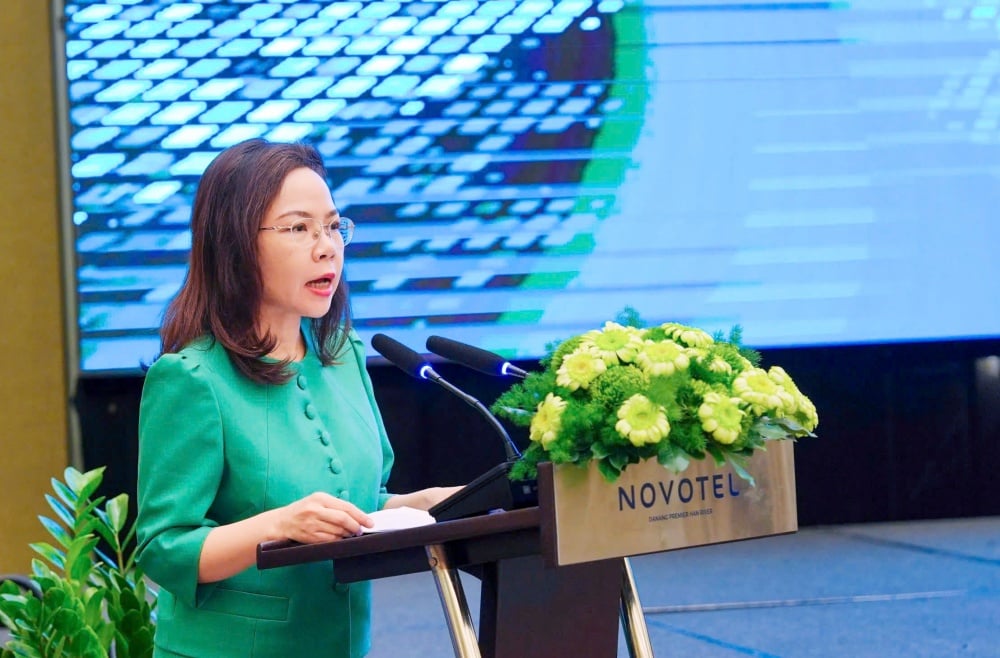 |
| Ms. Ha Thu Giang, Director of the Department of Credit for Economic Sectors - State Bank of Vietnam, discussed Credit Policy in Vietnam "Current situation and solutions" |
The above solutions have created a clear change in awareness and action throughout the credit institution system. By March 31, 2025, 58 credit institutions had generated green credit outstanding debt with outstanding debt reaching over VND 704,244 billion, an increase of 3.57% compared to the end of 2024, accounting for 4.3% of total outstanding debt of the entire economy. In particular, green credit has developed in terms of the number of credit institutions participating in lending, scale and growth rate.
From a banking perspective, BIDV General Director Le Ngoc Lam said that as one of the leading financial institutions in Vietnam, with a total outstanding credit balance of over VND2 million billion, the bank has been playing an important role in providing capital for essential sectors of the economy - from infrastructure development, energy to industrial production and high technology. In order to fulfill its commitment to sustainable development, BIDV has implemented three key strategic orientations: Comprehensive transformation and process streamlining; Sustainable development and ESG practices; Innovation and building a digital ecosystem.
Thanks to synchronous implementation, as of December 31, 2024, BIDV's green credit balance reached VND80,870 billion - accounting for more than 12% of the green credit balance of the entire Vietnamese banking industry. The bank has also financed green credit for 1,600 customers with 1,982 projects/plans, of which outstanding loans in fields such as renewable energy and clean energy reached nearly VND60,000 billion, accounting for 74%; outstanding loans for green buildings reached VND6,500 billion, accounting for 8%; outstanding loans for green industrial parks reached VND1,736 billion, accounting for 2% and outstanding loans for clean water reached VND1,174 billion, accounting for 1.5%.
At the same time, BIDV has mobilized VND2,500 billion in green bonds, VND3,000 billion in sustainable bonds and VND5,000 billion in green deposits. "These results affirm BIDV's pioneering role in developing green finance and ESG practices in Vietnam," said Mr. Lam.
Close coordination between stakeholders is required.
At the workshop, delegates stated that to successfully convert to an ecological industrial park model, businesses need to have good management and forecasting capacity, and at the same time, must have strong enough financial resources to invest in modern equipment, technology, and waste management and treatment systems generated during the production process.
To successfully transform into an ecological industrial park model, Dr. Dang Quang Hai - Department of Science and Technology of Da Nang City said that enterprises need to have good management and forecasting capacity, and at the same time, must have strong enough financial resources to invest in modern equipment, technology, and waste management and treatment systems arising during the production process. In addition to the efforts of enterprises and the banking industry, the realization of green goals requires close coordination from central and local ministries, branches and related parties. At this forum, the Deputy Governor expects experts, enterprises and credit institutions to discuss and clarify a number of important issues such as: How many industrial parks have been and are aiming for green industrial park standards? What are the specific difficulties and obstacles? What kind of support do enterprises need from the banking industry?
In addition to capital from the banking system, what do businesses expect from other ministries and sectors? Does the banking sector need to develop a separate lending mechanism for green industrial zones? How do banks evaluate this lending sector?
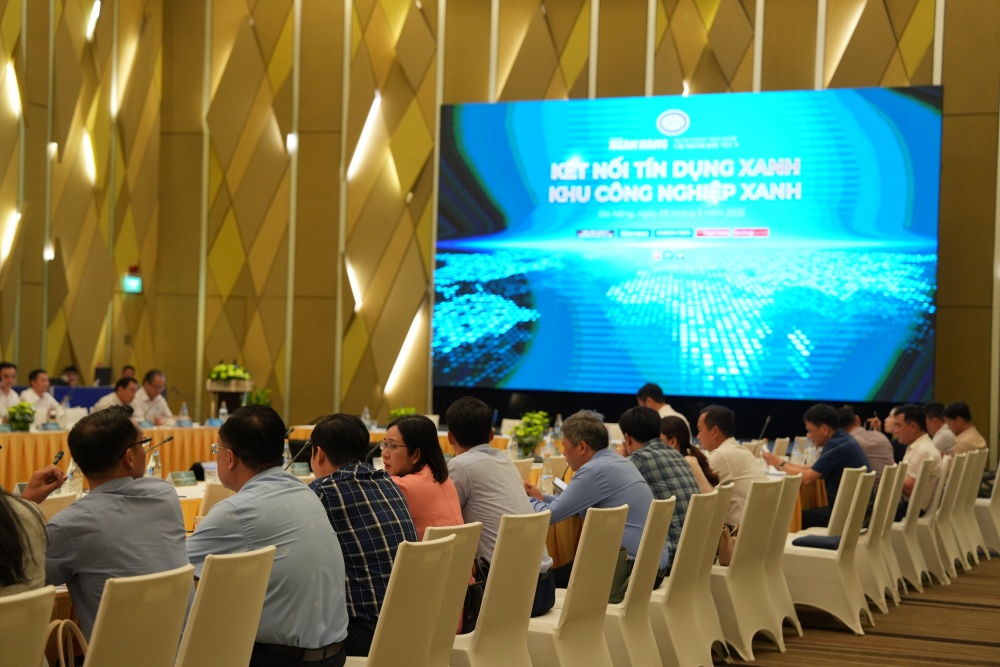 |
However, the Deputy Governor said that green credit still faces many challenges such as: lack of national green classification list, green industrial park assessment framework, limited awareness and technical capacity of both businesses and banks, along with pressure from international standards such as the carbon border adjustment mechanism (CBAM). In particular, SMEs in industrial parks also face difficulties and are afraid of conversion due to complicated procedures and high costs...
From that reality, the forum “Green Credit – Green Industrial Park” focused on discussing the current status of implementing the green industrial park model, pointing out the positive results and difficulties in the transformation process; analyzing the implementation of green credit for industrial parks, identifying bottlenecks in businesses’ access to green capital. At the same time, sharing international experiences and proposing appropriate financial solutions and policies to promote the greening of industrial parks, contributing to realizing the goal of sustainable industrial development in Vietnam.
 |
| Mr. Le Anh Xuan, Director of State Bank of Vietnam, Region 9 Branch, gave a speech on green credit in the Central provinces. |
At the workshop, many delegates, experts and businesses also proposed solutions to overcome difficulties and promote the transition to a green industrial park model. At the same time, opinions also emphasized the role of green credit and proposed many financial support mechanisms to expand capital flows for sustainable development projects.
Editor-in-Chief of Banking Times Le Thi Thuy Sen said that the forum is an opportunity for the community of policy makers, experts, banks and businesses to discuss and find optimal and sustainable financial solutions. Thereby, promoting effective cooperation between credit institutions and businesses in the journey of greening industrial parks.
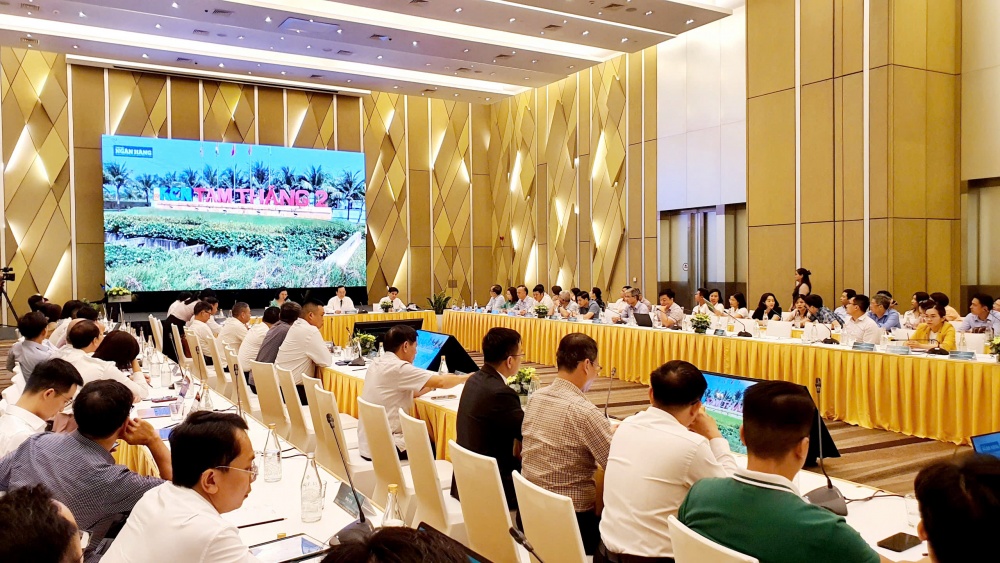 |
With a comprehensive and practical approach, the workshop not only contributes to raising public awareness of the importance of green credit and green industrial parks, but also opens up opportunities for deeper connection and cooperation between banks and businesses, thereby spreading sustainable development values to the entire economy.
Deputy Governor of the State Bank of Vietnam Dao Minh Tu emphasized that at today's forum, we listened to presentations from the Department of Credit for Economic Sectors; representatives of industrial park management boards, local departments, the State Bank of Vietnam Region 9, businesses and credit institutions... Hopefully, through the presentations and discussions at the forum, we will have a panoramic picture of the current situation of connecting green credit - green industrial parks to find practical solutions to promote greening the economy in general as well as developing green industrial parks in particular.
On behalf of the SBV's leadership, the Permanent Deputy Governor highly appreciated the Banking Times for coordinating with the SBV Branch Region 9 to promptly organize a workshop with a practical and meaningful topic, creating a forum for exchange between management agencies, experts, policy researchers, and businesses. From there, there are different perspectives revolving around the implementation of green credit activities in the banking industry, the application of mechanisms and policies in practice. These will be contributions and suggestions for management agencies in formulating policy mechanisms, as well as the implementation of green credit activities in practice by credit institutions, creating a driving force to unblock credit capital flows in the banking industry for green goals and sustainable development.
Source: https://thoibaonganhang.vn/tin-dung-xanh-nen-tang-phat-trien-khu-cong-nghiep-ben-vung-163963.html



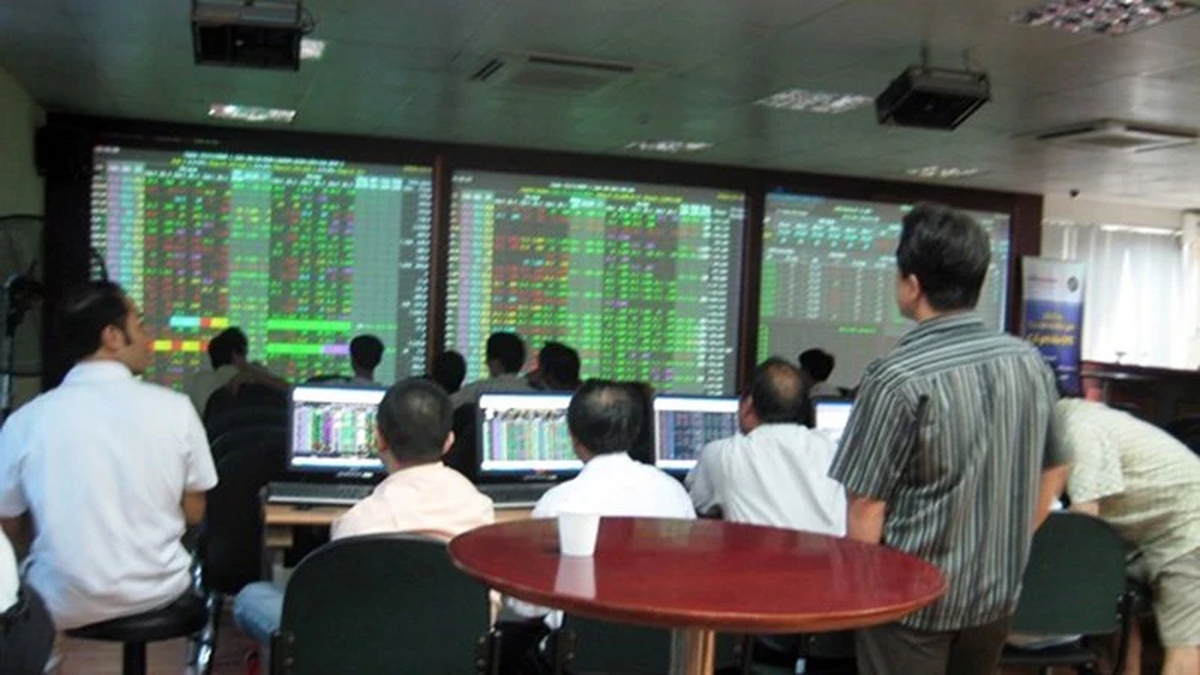
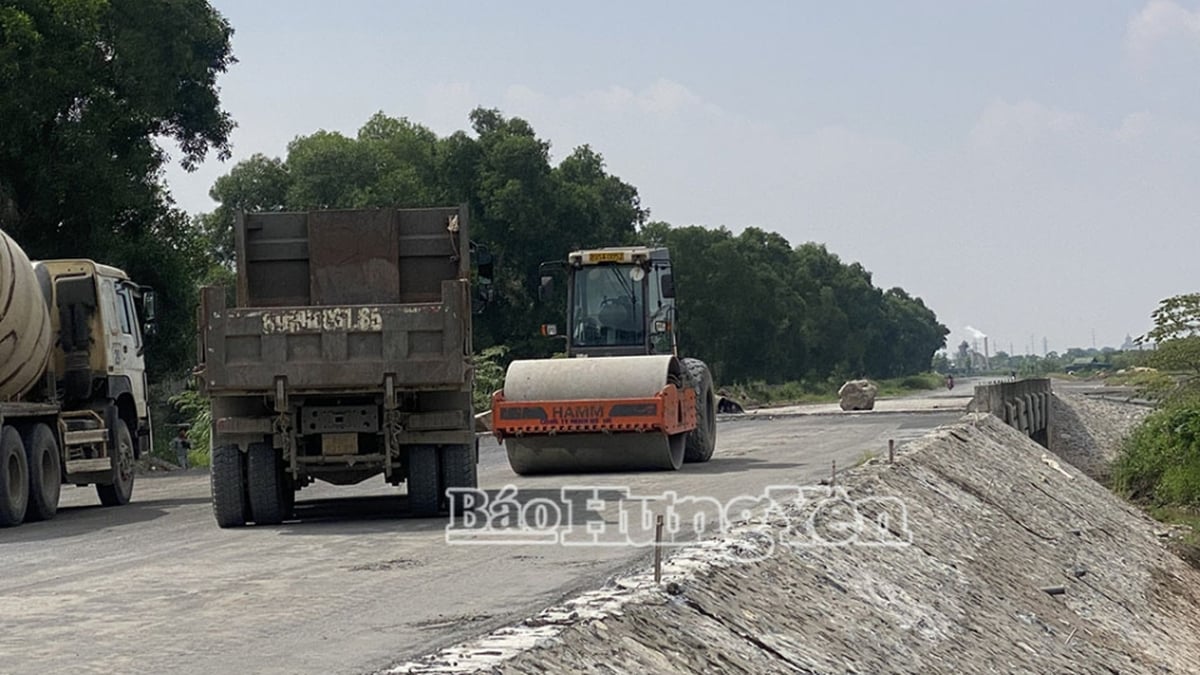
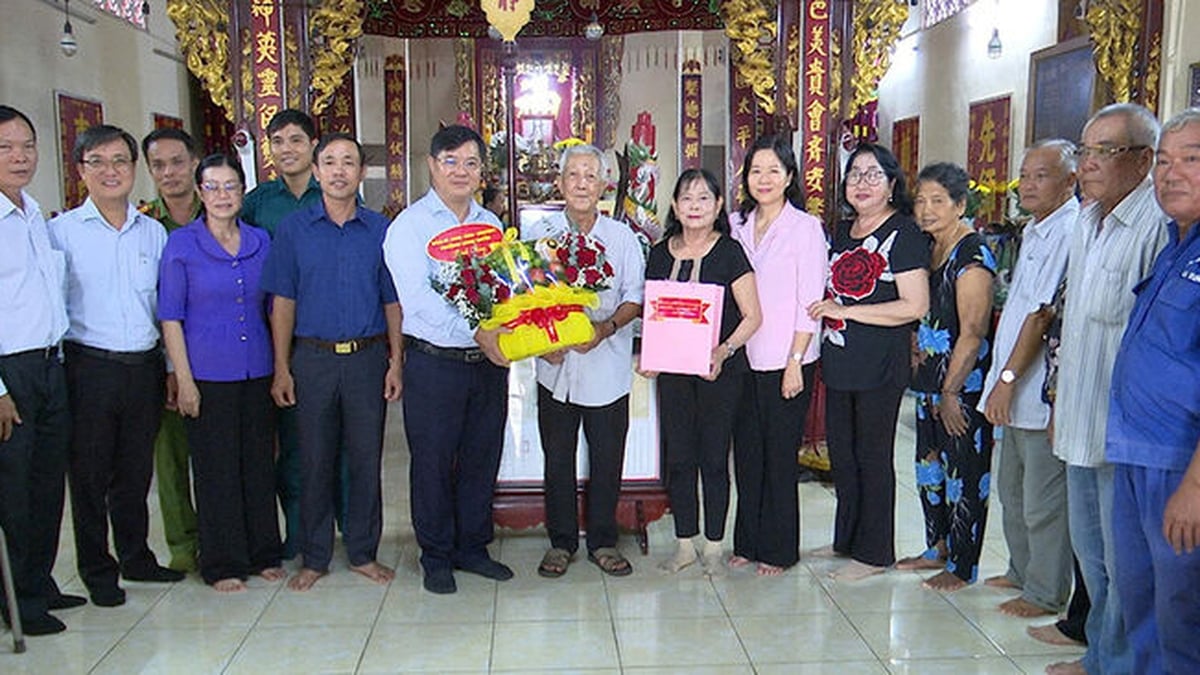

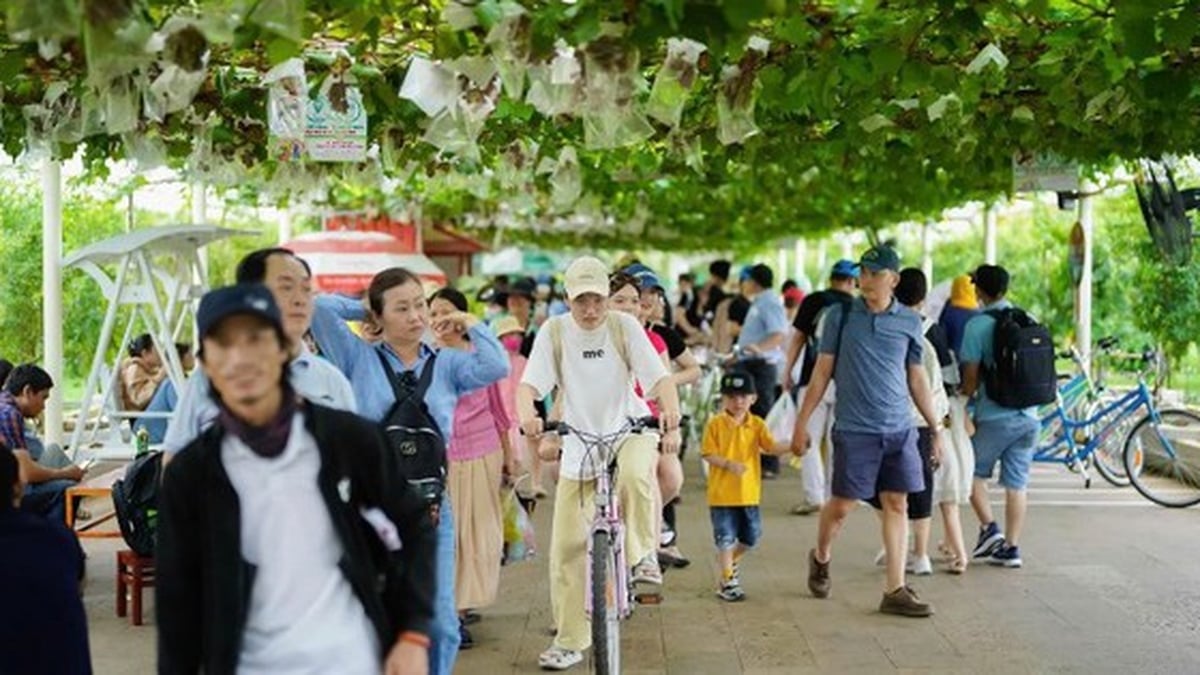
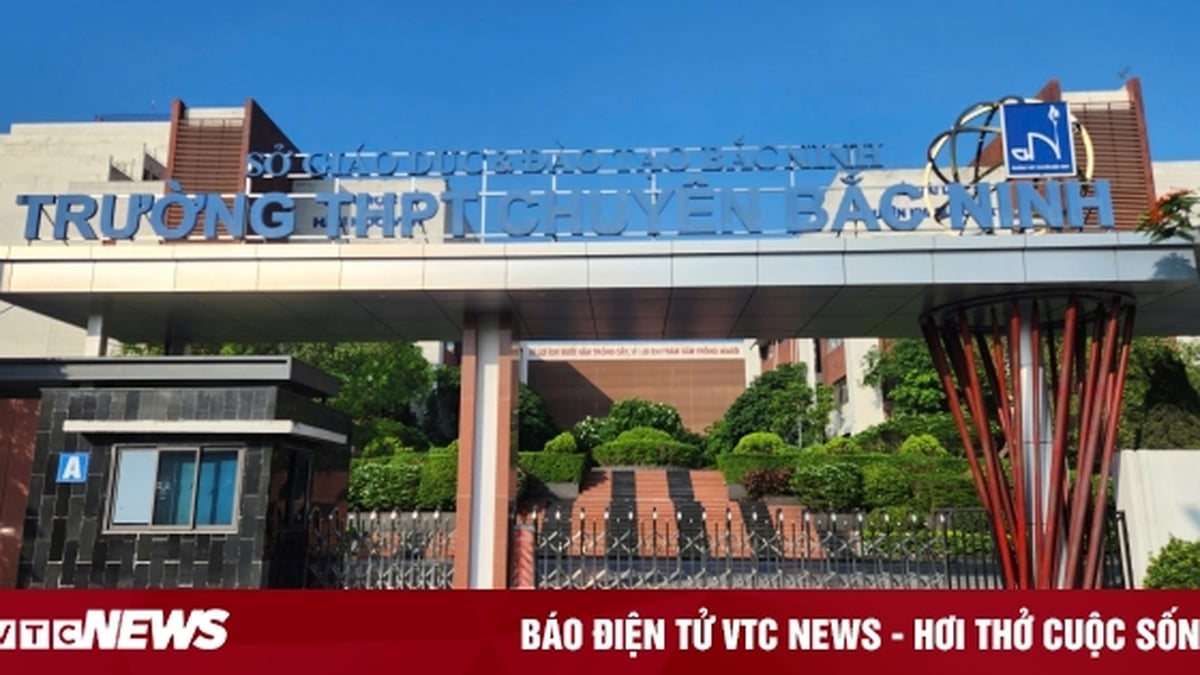

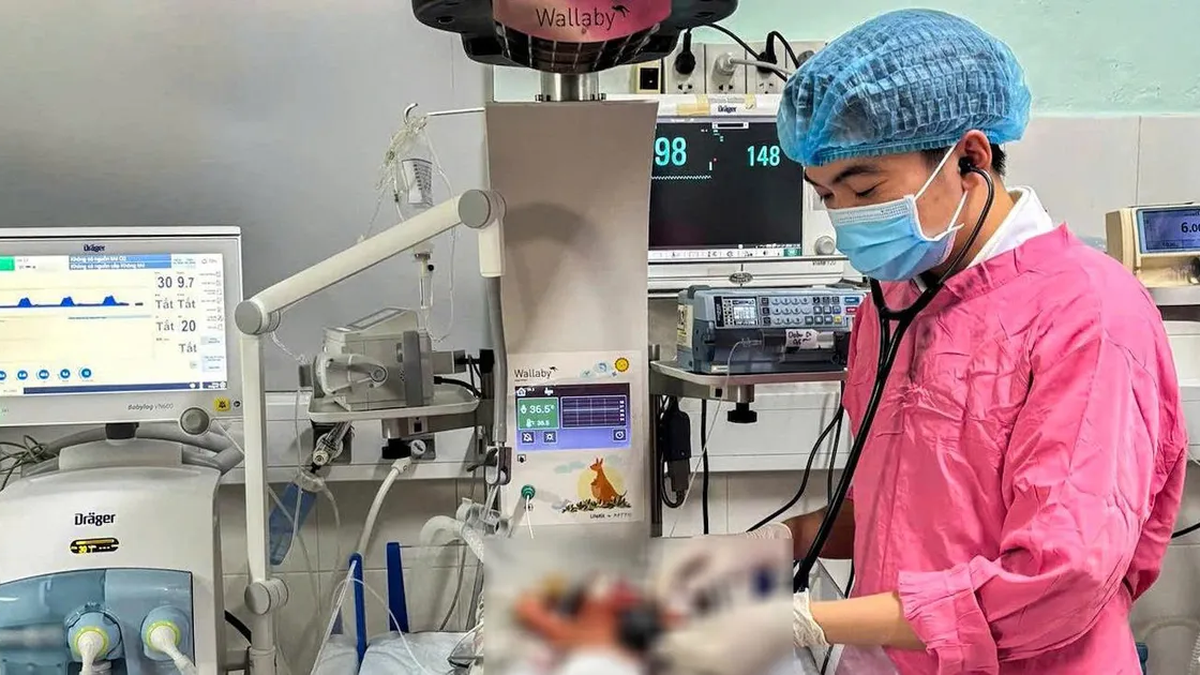
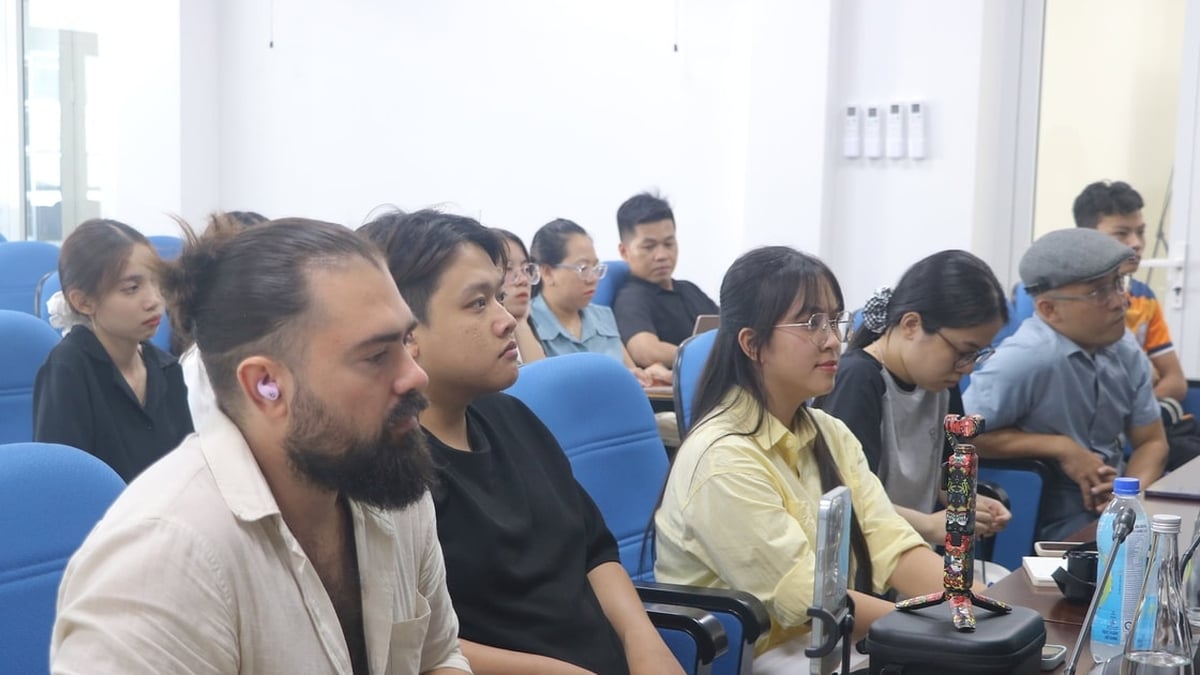






















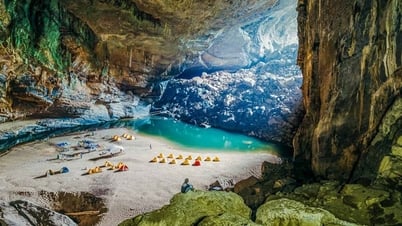
















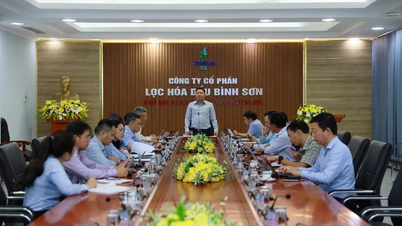
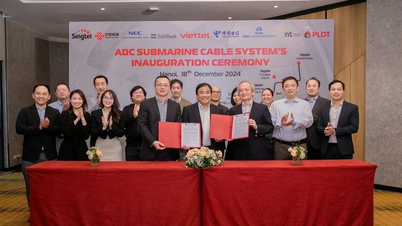



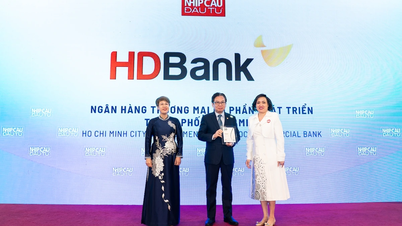
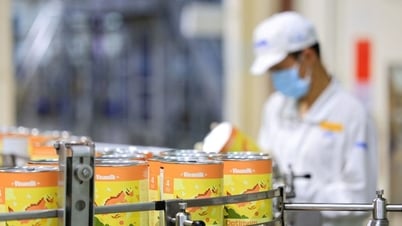





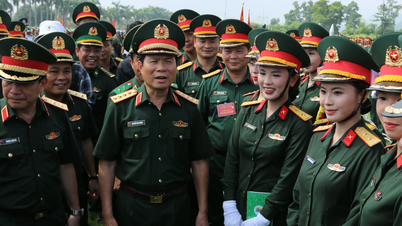



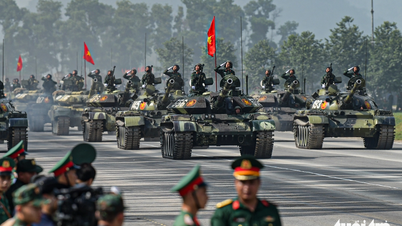


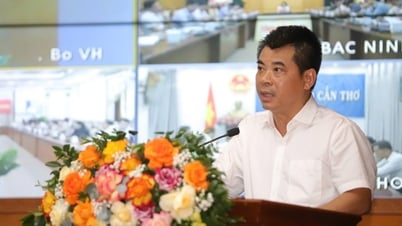
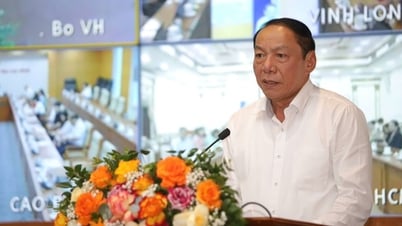


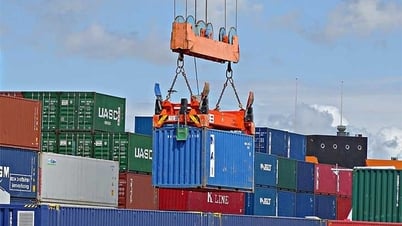






















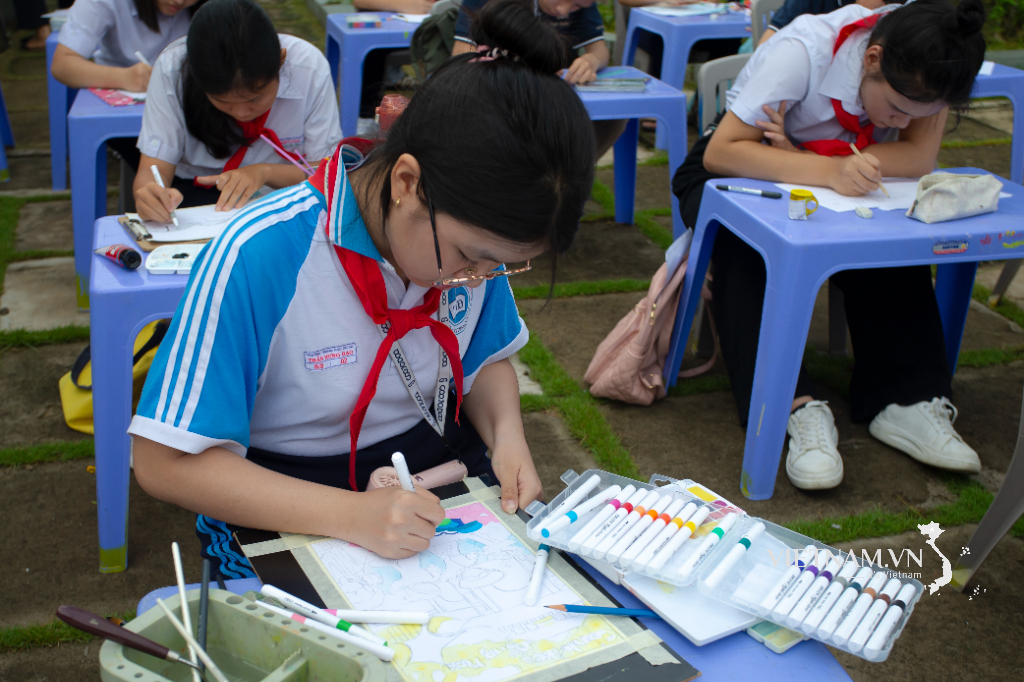


Comment (0)